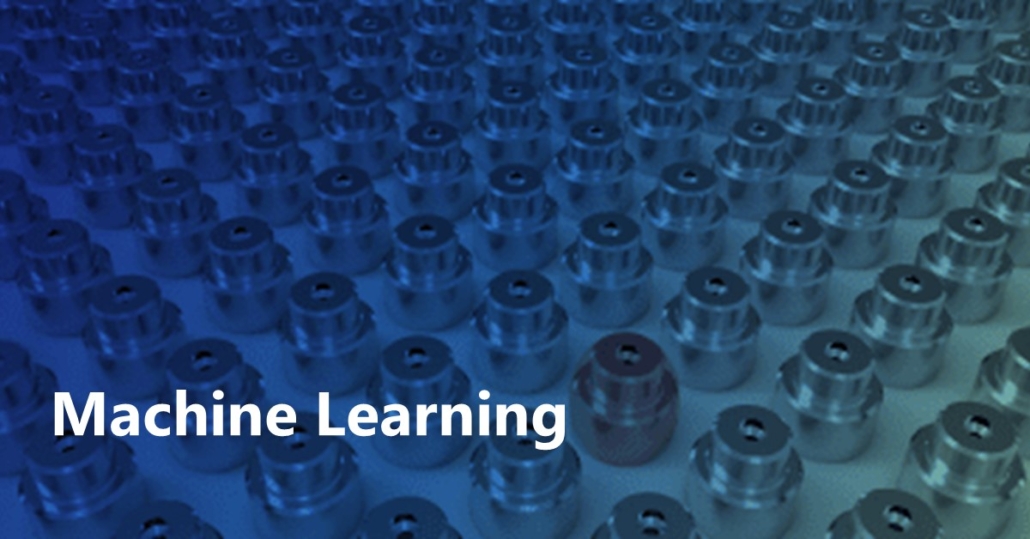Binding Peptide Generation for MHC Class I Proteins with Deep Reinforcement Learning
Motivation: MHC Class I protein plays an important role in immunotherapy by presenting immunogenic peptides to anti-tumor immune cells. The repertoires of peptides for various MHC Class I proteins are distinct, which can be reflected by their diverse binding motifs. To characterize binding motifs for MHC Class I proteins, in vitro experiments have been conducted to screen peptides with high binding affinities to hundreds of given MHC Class I proteins. However, considering tens of thousands of known MHC Class I proteins, conducting in vitro experiments for extensive MHC proteins is infeasible, and thus a more efficient and scalable way to characterize binding motifs is needed.Results: We presented a de novo generation framework, coined PepPPO, to characterize binding motif for any given MHC Class I proteins via generating repertoires of peptides presented by them. PepPPO leverages a reinforcement learning agent with a mutation policy to mutate random input peptides into positive presented ones. Using PepPPO, we characterized binding motifs for around 10 000 known human MHC Class I proteins with and without experimental for the rapid screening of neoantigens at a much lower time cost than previous deep-learning methods.

 Read the latest publications from our world-class team of researchers from our
Read the latest publications from our world-class team of researchers from our 